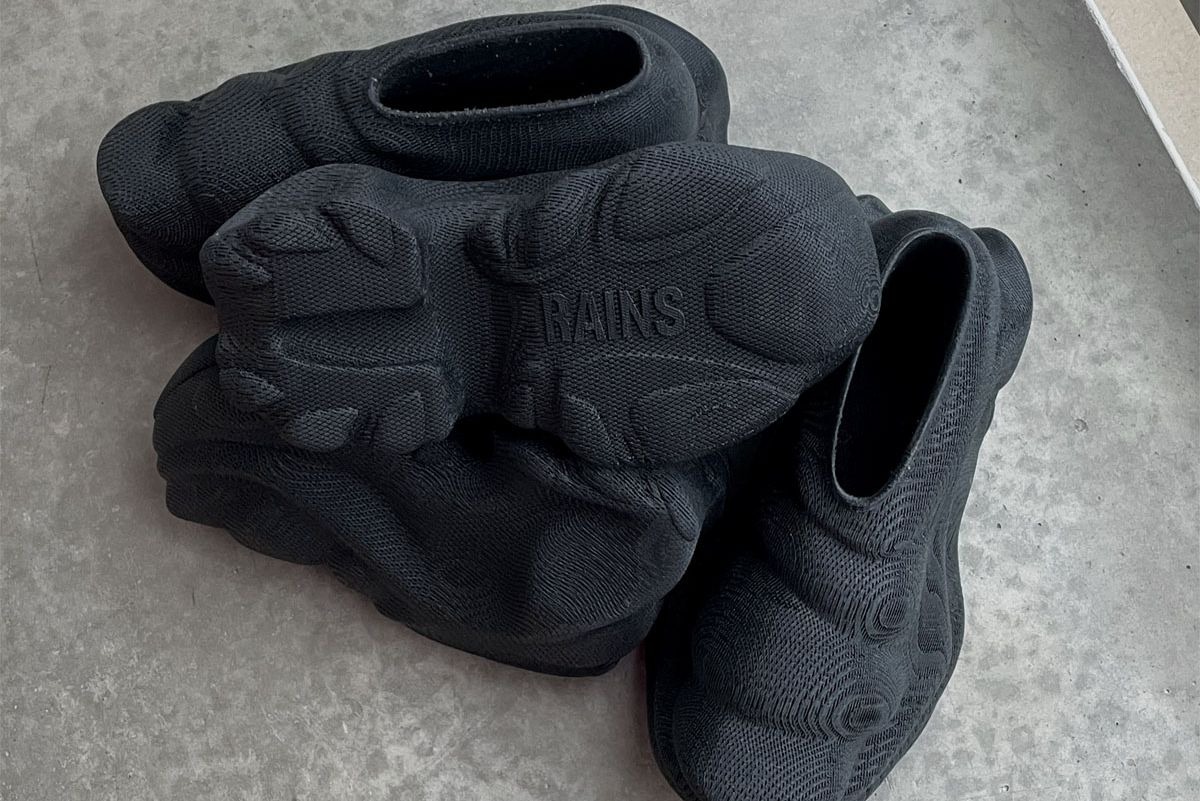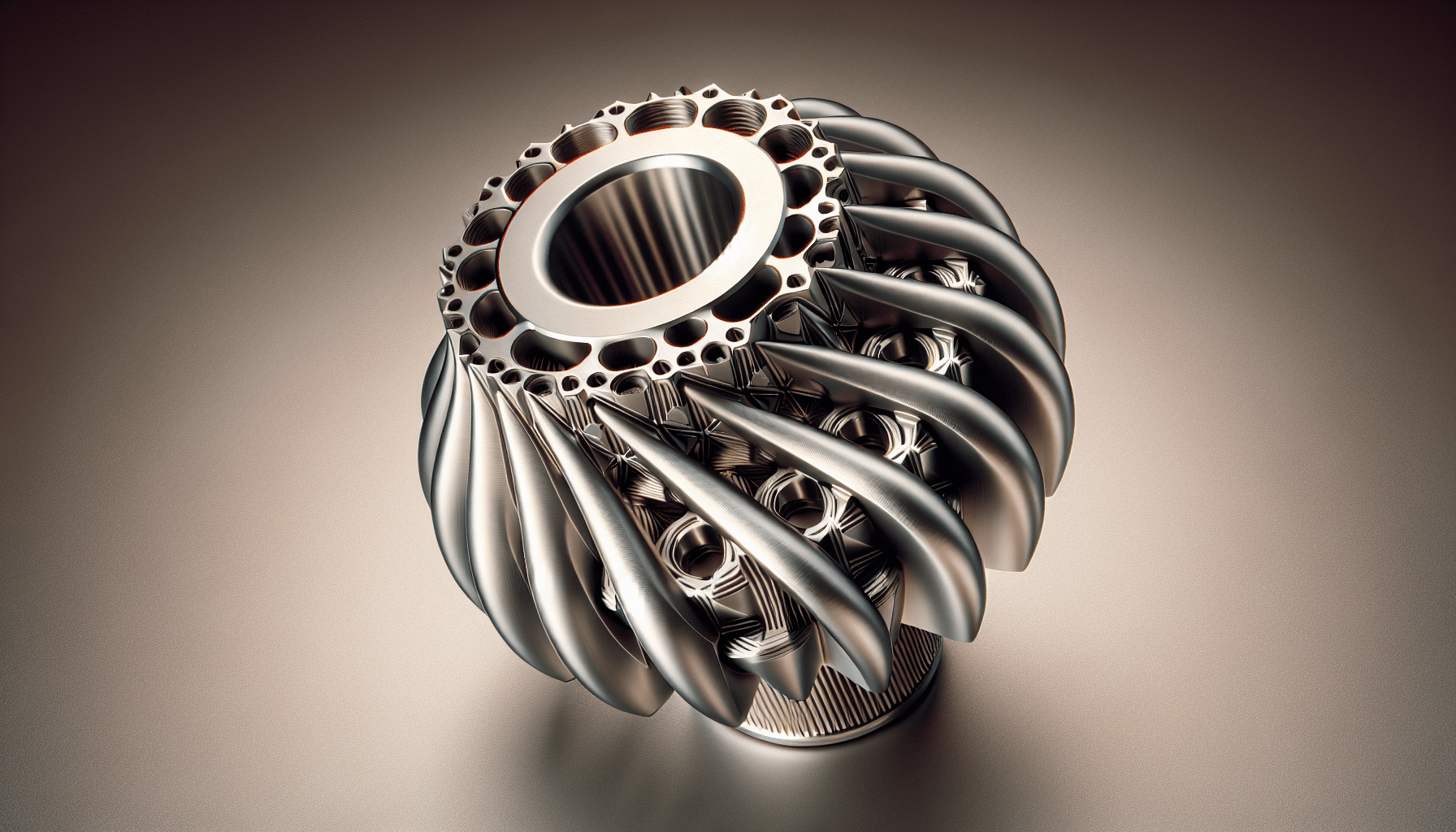Creality Official K2 Plus Combo 3D Printer, Multi Color Printing with CFS 600mm/s High-Speed Full Auto-Leveling Dual Al Camera Next-Gen Direct Drive Extruder Build Volume 13.78x13.78x13.78 inch
$1,349.00 (as of June 19, 2025 23:45 GMT +00:00 - More infoProduct prices and availability are accurate as of the date/time indicated and are subject to change. Any price and availability information displayed on [relevant Amazon Site(s), as applicable] at the time of purchase will apply to the purchase of this product.)This article explores the recent emergence of 3D-printed footwear at Paris Fashion Week, highlighting five standout designs. Traditionally, 3D-printed shoes have been more commonly associated with sportswear brands, but now high fashion houses are beginning to embrace the technology. The article spotlights notable examples such as Dior’s lattice-structured lace-up derbies and Rains’ first 3D-printed shoe, the Puffer Boot. Other featured designs include a collaboration between Reebok and Botter, as well as creations from Namesake and KidSuper. Through these examples, it becomes evident that 3D printing offers unique opportunities for design flexibility, customization, and sustainability in the fashion industry.
3D-Printed Shoes at Paris Fashion Week
At the latest Paris Fashion Week, several designers showcased innovative and eye-catching 3D-printed shoes. This emerging technology has been gaining traction in the footwear industry, with sportswear brands leading the charge. Major fashion houses are now embracing 3D printing for its advantages in speed, agility, and freedom in product development. These customizable designs are pushing the boundaries of traditional shoe manufacturing and offering new possibilities for innovation.
Carlo by Dior
One notable example is the Carlo shoe by Dior, a French fashion house known for its high-end couture. The Carlo shoe is a black lace-up derby with a lattice structure all over, creating a unique and intricate design. The Dior logo is embossed on the soles, further adding to the brand’s signature touch. What sets the Carlo shoe apart is its production process, which involves 3D printing. To create the shoe, traditional Dior Carlo shoes were scanned to create a digital form, and then a mesh-like texture was designed. The shoes were 3D printed in a process that took approximately 12 hours. After printing, the shoes were polished and cleaned to remove any residue white powder. One significant advantage of the Carlo shoe is its sustainability. According to Dior, 80% of the shoe can be recycled and reused after removing the tongue, under soles, and laces.

$30 off $400+ Anycubic Products with code AC30OFF
Puffer Boot by Rains and Zellerfeld
Another standout 3D-printed shoe debuted at Paris Fashion Week is the Puffer Boot by Danish brand Rains, in collaboration with German 3D-printed footwear company Zellerfeld. The Puffer Boot is a chunky slip-on platform shoe designed to complement Rains’ clothing collection, which features oversized puffer jackets and inflated silhouettes. Despite its bulky appearance, the Puffer Boot is lightweight and flexible, making it comfortable for everyday wear. This combination of fashion-forward design and 3D printing technology showcases the potential for 3D printing to create unique and functional footwear.
Reebok x Botter Sneaker by Reebok, Botter, and HP
The Reebok x Botter Sneaker is another notable example of 3D-printed shoes showcased at Paris Fashion Week. This collaboration between Dutch brand Botter, sportswear company Reebok, and printer company HP resulted in vibrantly colored trainers with ridged soles. The inspiration behind the design came from the sea snail that Greek goddess Venus used to comb her hair. The sneakers were manufactured using advanced computational techniques and an HP Multi Jet Fusion 3D printer in just 15 days. Each shoe was made entirely from a single material, thermoplastic polyurethane (TPU). To add a personal touch, the shoes were hand-painted in colors associated with the Caribbean Sea, reflecting Botter’s cultural influences.
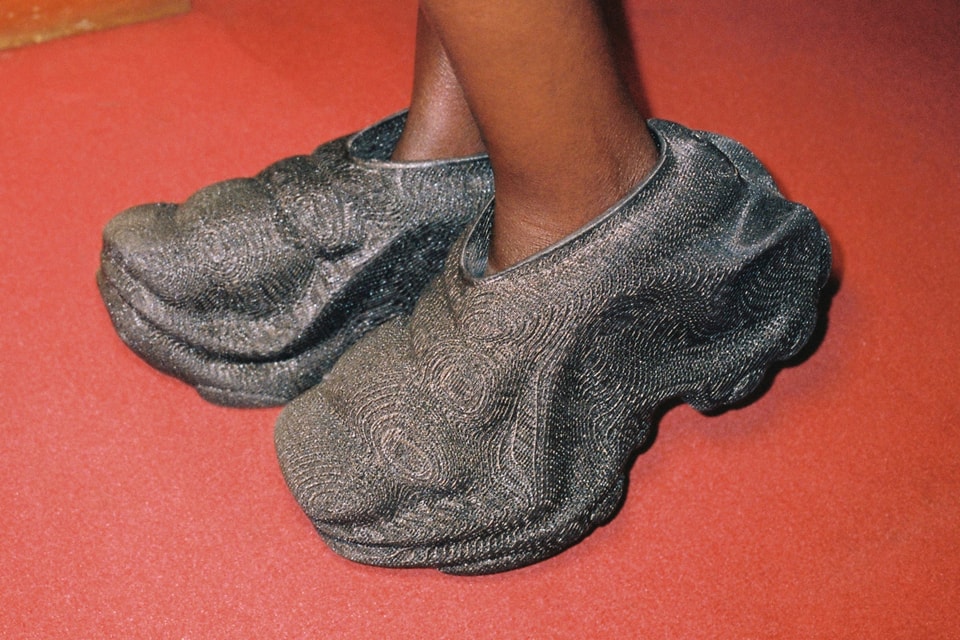
Silkroad by Namesake
Taiwanese fashion brand Namesake presented the Silkroad collection at Paris Fashion Week, featuring boots and heels with 3D-printed latticed soles. The 3D-printed soles were produced by Pou Chen Group, a leading 3D printing technology company. The shoes were paired with sporty items and Y2K-inspired fashion, showcasing the versatility of 3D-printed shoes. The use of 3D printing technology allowed for intricate designs and customization options, adding a modern twist to traditional shoe manufacturing.
Heal Your Soul, Heel Your Sole by KidSuper and Zellerfeld
American brand KidSuper collaborated with Zellerfeld to create the Heal Your Soul, Heel Your Sole shoe, which was unveiled at KidSuper’s Spring Summer 2023 show. These bright blue shoes are made of layers of thermoplastic polyurethane (TPU), giving them a rubbery texture. The shoes have a laceless design and feature a unique knit-like texture created through digital knitting. The elongated arch of the shoe adds a formal touch to the overall design. The Heal Your Soul, Heel Your Sole shoe showcases the versatility and potential for innovation offered by 3D printing technology in footwear.
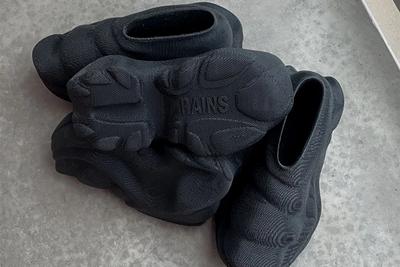
History of 3D-Printed Shoes
While 3D-printed shoes have been around for almost a decade, major fashion brands have been slower to adopt this technology in their designs. Dutch designer Iris van Herpen was one of the pioneers of 3D-printed shoes, showcasing them on the couture catwalk in 2013. However, sportswear companies such as Nike and Adidas have been at the forefront of adopting 3D printing technology in their footwear. Nike, for example, used 3D printing to create football boot studs in 2013, while Adidas launched its first 3D-printed shoe offering in 2016. The use of 3D printing in footwear has since expanded, with more fashion brands recognizing the benefits and possibilities it offers.
Benefits of 3D-Printed Shoes
The adoption of 3D printing technology in footwear manufacturing brings several benefits. One major advantage is the speed and agility it offers in product development. Traditional shoe manufacturing methods can be time-consuming and require extensive manual labor, but 3D printing allows for faster and more efficient production processes. Additionally, 3D printing offers freedom in the design process, enabling designers to create intricate and complex structures that would be challenging to achieve with traditional manufacturing techniques. This freedom in design also opens up possibilities for personalization, as each shoe can be customized to fit individual preferences and needs. The opportunities for new ideas and innovation are vast with 3D printing, allowing designers to push the boundaries of traditional shoe design.
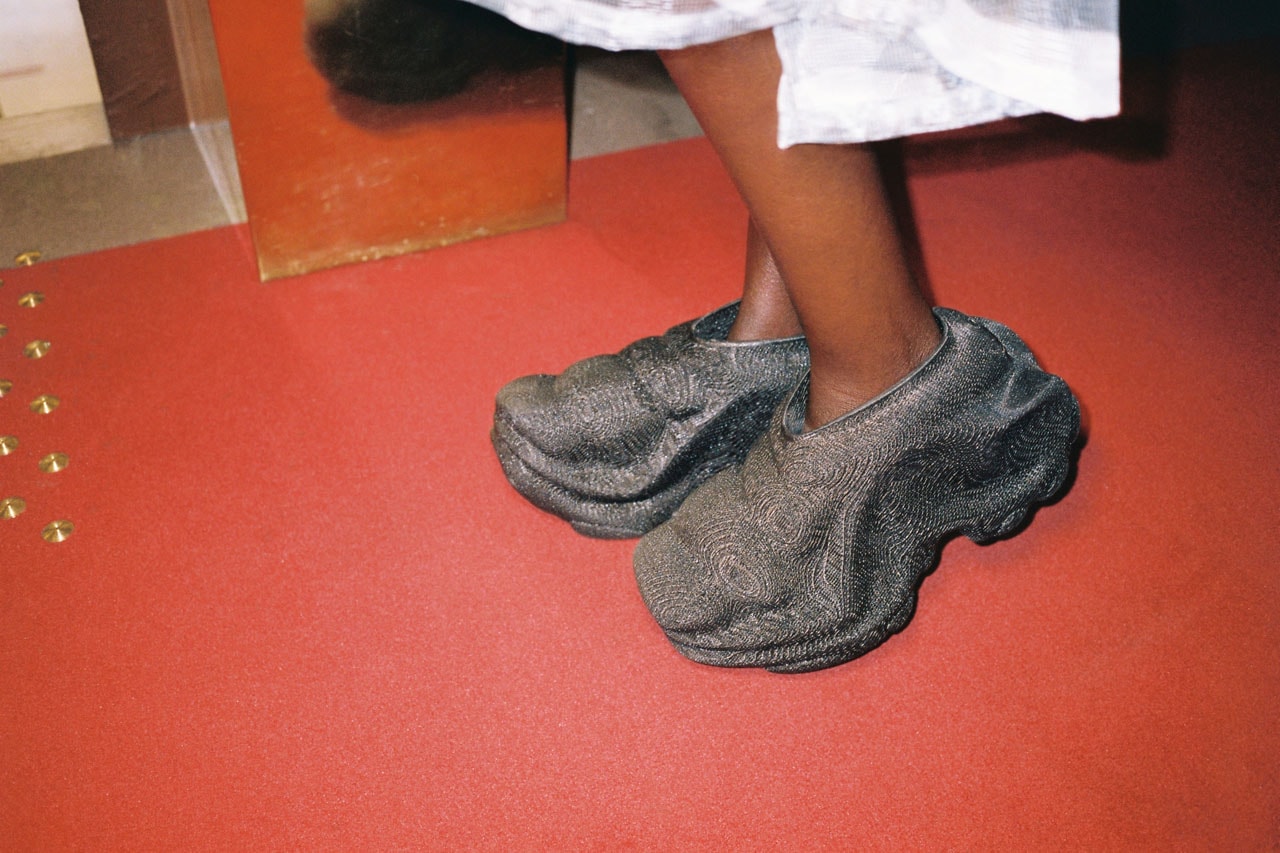
Future of 3D-Printed Shoes
The integration of 3D printing technology in the footwear industry is expected to continue in the future. Advancements in materials and techniques will further enhance the capabilities of 3D-printed shoes. As technology continues to improve, the range of materials that can be used for 3D printing will expand, allowing for even more versatility in design and functionality. The future of 3D-printed shoes also holds increased customization and personalization options, as advancements in scanning technologies enable a more precise fit for each individual. With the ongoing development and adoption of 3D printing, the possibilities for innovative shoe design are limitless.
Impact of 3D Printing on Footwear Manufacturing
The adoption of 3D printing in footwear manufacturing has significant implications for the industry. One of the key impacts is the efficiency and sustainability of production processes. 3D printing allows for on-demand and localized production, reducing the need for large-scale manufacturing facilities and transportation. This not only saves costs but also reduces the carbon footprint associated with traditional shoe manufacturing. 3D printing also reduces waste and material usage, as the technology allows for precise and customizable production. By only using the materials necessary for each shoe, waste is minimized, making 3D printing a more sustainable option for footwear manufacturing. Overall, the integration of 3D printing technology in footwear manufacturing brings opportunities for more efficient, sustainable, and localized production processes.
Buy Photon Mono M5 Get Free 1KG Resin
